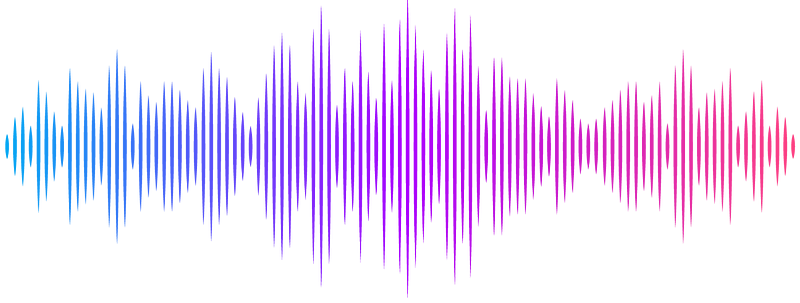Spatiotemporal patterns in cortical development: Age, puberty, and individual variability from 9 to 13 years of age

Spatiotemporal patterns in cortical development: Age, puberty, and individual variability from 9 to 13 years of age
Bottenhorn, K. L.; Corbett, J. D.; Ahmadi, H.; Herting, M. M.
AbstractHumans and nonhuman primate studies suggest that timing and tempo of cortical development varies neuroanatomically along a sensorimotor-to-association (S-A) axis. Prior human studies have reported a principal S-A axis across various modalities, but largely rely on cross-sectional samples with wide age-ranges. Here, we investigate developmental changes and individual variability in cortical organization along the S-A axis between the ages of 9-13 years using a large, longitudinal sample (N = 2487-3747, 46-50% female) from the Adolescent Brain Cognitive Development Study (ABCD Study). This work assesses multiple aspects of neurodevelopment indexed by changes in cortical thickness, resting-state functional fluctuations, and cortical microarchitecture. First, we evaluated S-A organization in age-related changes and, then, computed individual-level S-A alignment in brain changes and assessing differences therein due to age, sex, and puberty. Varying degrees of linear and quadratic age-related brain changes were identified along the S-A axis. Yet, these patterns of cortical development were overshadowed by considerable individual variability in S-A alignment. Even within individuals, there was little correspondence between S-A patterning across the different aspects of neurodevelopment investigated (i.e., cortical morphology, microarchitecture, function). Some of the individual variation in developmental patterning of cortical morphology and microarchitecture was explained by age, sex, and pubertal development. Altogether, this work contextualizes prior findings that regional age differences do progress along an S-A axis at a group level, while highlighting broad variation in developmental change between individuals and between aspects of cortical development, in part due to sex and puberty.


